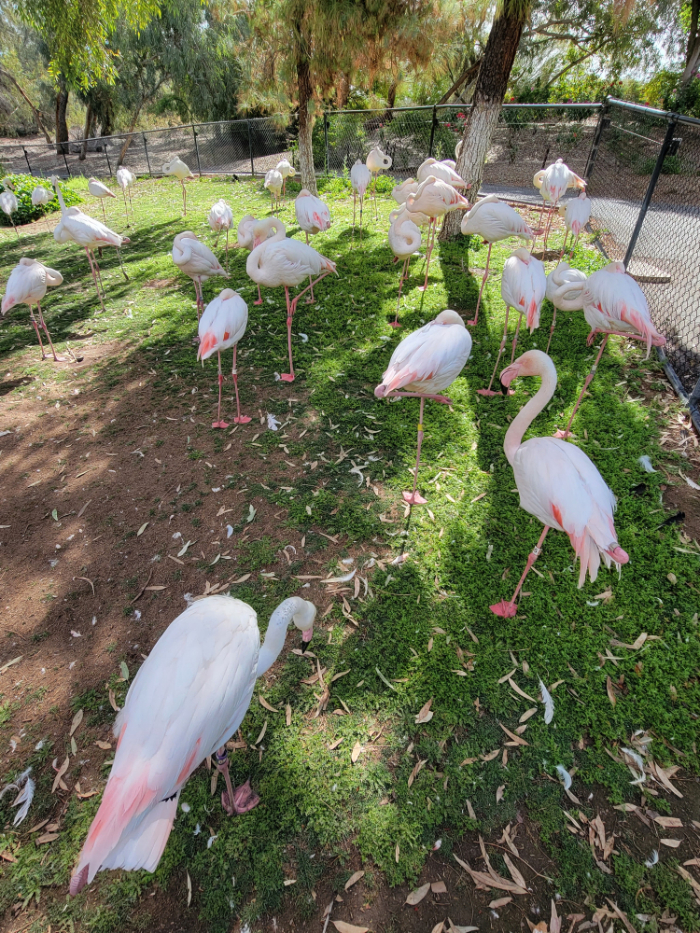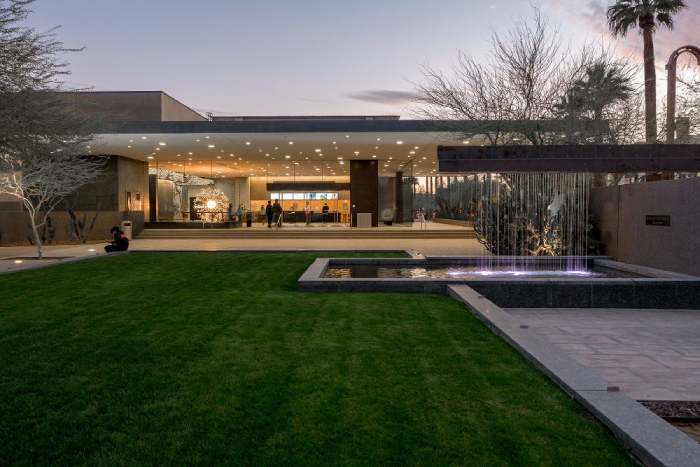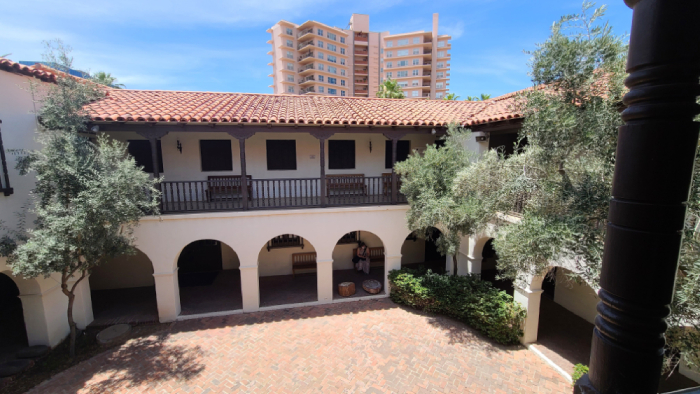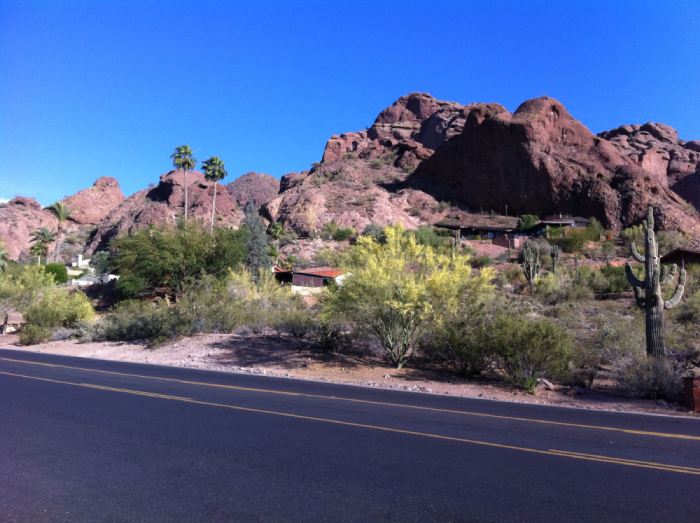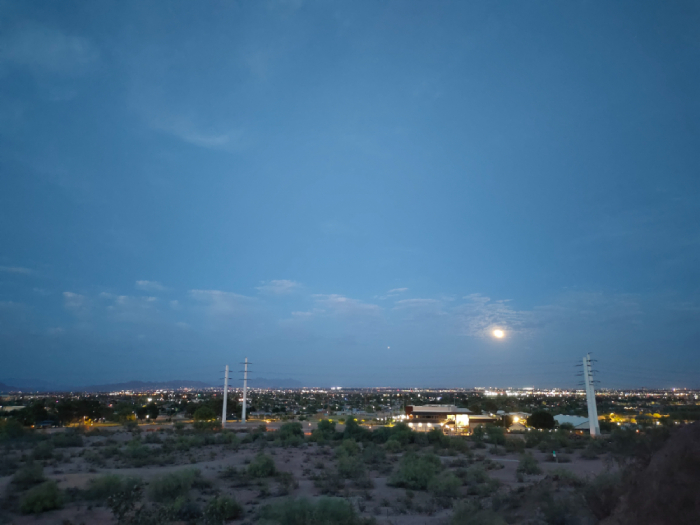Your Local Mice and Rat Exterminator
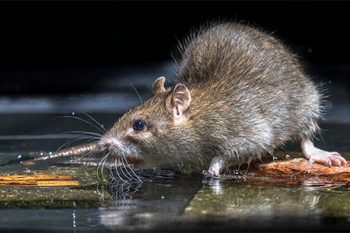

Anteater Exterminating is a leading company specializing in effective pest control solutions. With their expertise and innovative techniques, they have become the go-to choice for homeowners and businesses facing rodent infestations. Anteater Exterminating employs a team of highly trained professionals who utilize the latest technologies to eliminate rodent infestations from properties. Whether dealing with mice, roof rats, or any other pesky rodents, we deliver reliable and efficient services that ensure long-term results. Our commitment to customer satisfaction and dedication to creating rodent-free environments make them the trusted name in rodent control service.
Finding a Rodent Pest Control Near Me Service Helps Deal with Rodent Nests
Female mice exhibit increased nest-building activity before giving birth and when cold weather approaches. Due to their small size, house mice can create nests in various hidden spaces within buildings and also within stationary objects. This poses a threat to both homes and people for several reasons.
Mice nests can cause structural damage to homes. As they build their nests, mice often chew on various materials such as wood, insulation, and electrical wires. This destructive behavior weakens the integrity of the building, leading to potential hazards like electrical fires or compromised structural stability.
Furthermore, mice nests create unsanitary conditions. These vectors for diseases gather various materials, such as paper, fabric, and insulation, to construct their nests. These materials can be contaminated with bacteria, parasites, and allergens, posing health risks to residents. The accumulation of droppings, urine, and discarded food supplies in the nests also attracts other pests and insects, further exacerbating the unsanitary conditions.
Additionally, mice nests increase the likelihood of infestations. Mice are known carriers of diseases, and their nests provide a breeding ground for parasites like fleas, mites, and ticks, which can spread to humans and pets. Moreover, the presence of nests indicates an existing mouse population, suggesting a higher risk of a full-blown infestation if left unchecked.
Find Your Seasonal Rodent Exterminator with Anteater Exterminating
Seasonal rodents seeking shelter in buildings can become a significant nuisance and pose several risks. As colder months approach, rodents like mice and rat activity are driven indoors in search of warmth, food, and shelter. These pests can cause extensive property damage, gnawing on electrical wires, contaminating food, and leaving behind droppings that may carry diseases. To effectively eliminate these seasonal invaders, it is crucial to rely on the expertise of a professional rodent exterminator. They possess the necessary knowledge, tools, and techniques to identify the entry points, implement appropriate rodent trapping and baiting methods, and ensure thorough advanced removal services of rodents from the premises. By engaging a professional, one can protect their property and maintain a safe and healthy environment for all occupants.
Permanent Rodent Control Phoenix Relies On
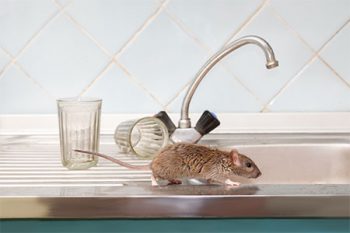

When controlling mice, we utilize an integrated pest management approach. The environment, sanitation, the harborage, and the access points are all critical elements to control. Placement of traps or stations should be done in all areas of known activity. The rodent control devices must be placed correctly to be effective. Often, control trap installation requires access, so some appliances or storage items may need to be moved.
How to Get Rid of Mice and Rats
2 T-Rex Tension traps inside Protecta Evo® or Tin Cat®
To be proactive, exterior rodent control systems can be installed. The stations or traps can be located in a manner that will prevent mice from ever infesting a property. All stations must be anchored, secured shut and maintained on a regular basis. Rodent control devices can consist of bait stations, tension traps, curiosity traps, glue boards, or a combination of them.
Catch Master® Glue Boards
Mechanical exclusion can also help prevent mice infestations. Mice can enter a home through any opening the size of a dime! The cracks or holes should be located and sealed with a sturdy material.
Looking for Rodent Control Near Me?
When doing a rodent control intensive, the technician will install all needed rodent control devices and provide a plan to follow up as needed. Our pest control service technician can also provide you with a written proposal to address any needed mechanical rodent exclusion work. Wherever you need rodent control, our team of experts can come to you to help rid your residents or commercial properties of any signs of rodent activity. Contact us today to get started on your rodent control exterminator needs.
Frequently Asked Rodent Control Questions
1. Exclusion: Seal all entry points using materials like copper wool for small gaps and sturdy materials for larger openings. Focus on areas around pipes, vents, doors, and windows.
2. Sanitation: Keep your home clean and free of clutter both inside and outside. Store food in airtight containers, including pet food, and regularly dispose of garbage in tightly sealed bins.
3. Elimination: Use traps strategically placed along rodent pathways. Snap traps are effective for capturing mice quickly, while humane traps can be used for relocation.
4. Professional Extermination: Seek help from local pest control experts who can conduct thorough inspections, use specialized treatments, and provide ongoing monitoring to ensure the infestation is completely eradicated.
Combining these methods ensures a comprehensive approach to rodent control, addressing both current infestations and preventing future ones.
1. Identify Entry Points: Seal all possible entry points into your home using materials that rodents cannot chew through, such as copper wool or steel mesh.
2. Set Traps: Place snap traps baited with peanut butter or other attractants along walls and in areas where rodents are active. Check traps daily and reset as needed.
3. Remove Food Sources: Store food in airtight containers, clean up spills promptly, and secure garbage in tightly sealed bins to eliminate food attractants.
4. Sanitize: Clean areas where rodents have been active to remove traces of urine, feces, and nesting materials, as these can attract more rodents.
5. Seek Professional Help: If the infestation persists or is severe, contact a professional pest control service for effective and safe extermination methods.
Acting swiftly and systematically will help ensure rodents are removed from your home as quickly as possible.
Hantavirus: Spread through contact with rodent urine, feces, or saliva, causing flu-like symptoms that can progress to severe respiratory problems.
Leptospirosis: Contracted from exposure to water or soil contaminated with rodent urine, leading to symptoms such as fever, headache, muscle aches, and potentially liver or kidney damage.
Salmonella: Caused by consuming food or water contaminated with rodent feces, leading to gastrointestinal symptoms like diarrhea, nausea, vomiting, and abdominal pain.
Lymphocytic Choriomeningitis (LCM): Transmitted through contact with rodent urine, droppings, saliva, or nesting materials, causing flu-like symptoms and potentially severe neurological complications.
Plague: Though rare, rodents can carry fleas that transmit plague bacteria to humans, causing symptoms such as fever, chills, headache, and swollen lymph nodes.
To prevent these health risks, it’s crucial to address rodent infestations promptly with effective control measures and, if necessary, seek professional assistance for thorough extermination and cleanup.






